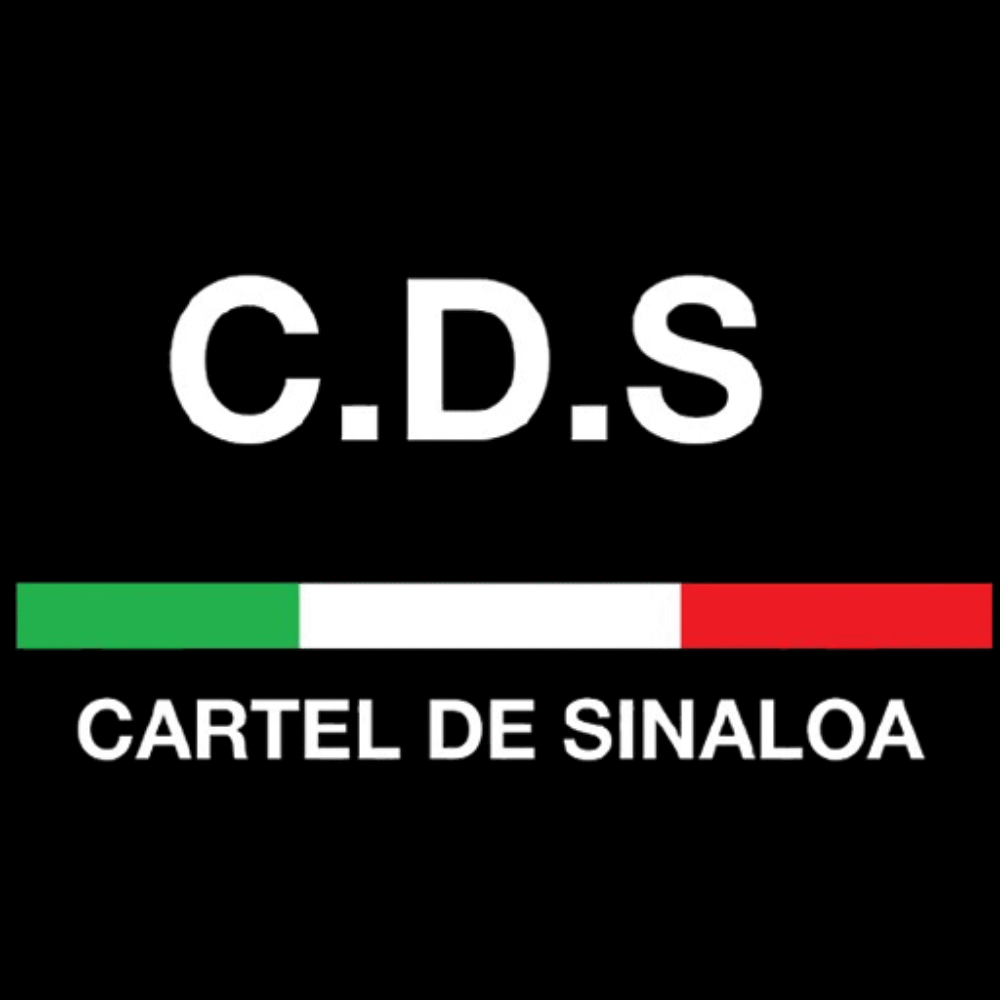Drug Trafficking Business Model of the Sinaloa Cartel
The Sinaloa Cartel operates like a highly efficient multinational corporation, using a sophisticated drug trafficking business model that maximizes profits while minimizing risks. Every stage of their operation is carefully managed, making them one of the most dominant criminal organizations in the world.
1. Vertical Integration: Control from Production to Distribution
The cartel oversees every step of the supply chain:
- Production: They cultivate poppies for heroin, operate meth superlabs, and process cocaine from South American sources.
- Processing: High-tech labs refine raw materials into export-ready drugs.
- Smuggling: Multiple transportation methods ensure efficient and secure delivery to global markets.
- Distribution: Partner networks distribute drugs locally in the U.S., Europe, Asia, and Australia.
- Money Laundering: Sophisticated financial networks clean billions in drug profits.
2. Product Diversification
The cartel offers a wide range of high-demand drugs:
- Cocaine
- Methamphetamine
- Heroin
- Fentanyl and other synthetic opioids
By diversifying, they stabilize revenue streams and quickly adapt to shifting market demands.
3. Decentralized Leadership Structure
Unlike many criminal groups, the Sinaloa Cartel operates with a flexible leadership model:
- Regional managers oversee specific territories.
- Independent cells manage operations while paying tribute to cartel leadership.
- Decentralization makes the organization harder to dismantle and more resilient to law enforcement pressure.
4. Global Distribution Networks
The cartel operates vast, interconnected trafficking routes:
- Land routes across Mexico into the U.S.
- Maritime routes using submarines, cargo ships, and speedboats.
- Air routes involving small planes, drones, and cargo flights.
- Underground tunnels beneath the U.S.-Mexico border.
5. Corruption and Protection
Bribery and political influence are essential to their business model:
- Law enforcement, customs officials, and politicians are regularly paid off.
- Corruption ensures safe passage, intelligence leaks, and legal protection.
6. Violence as Enforcement
The cartel uses strategic violence:
- Targeted assassinations, kidnappings, and intimidation maintain internal discipline.
- Violence eliminates rivals and sends strong messages to potential threats.
7. Advanced Technology and Intelligence
The cartel invests heavily in:
- Encrypted communications
- GPS tracking for shipments
- Sophisticated surveillance and counter-surveillance
This tech investment allows precise control over every stage of their global operations.
8. Financial Management and Laundering
Billions in profits are laundered through:
- Shell companies
- Real estate
- Casinos
- Cryptocurrency
- International trade businesses
Efficient money laundering ensures financial stability and constant reinvestment.
Conclusion (Drug Trafficking Business Model of the Sinaloa Cartel)
The Sinaloa Cartel’s drug trafficking business model is a complex, highly organized system that mirrors legitimate global corporations. Their vertical integration, product diversity, global networks, and financial sophistication ensure continued dominance in the world’s narcotics trade. Understanding their business model is essential for developing effective strategies to combat their operations.


